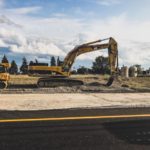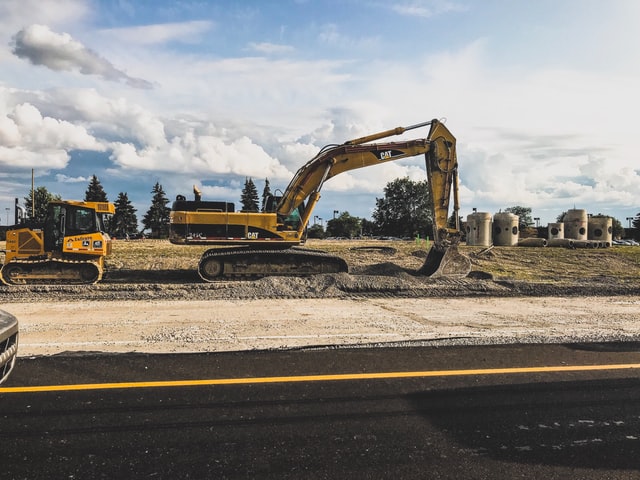New asphalt restoration techniques like milling, pulverizing, and stabilization indicate that the industry is evolving. Industry leaders are constantly on the move to ensure drivers a smooth ride and pedestrians a safe walk!
Since these cost-effective methods of asphalt restoration are relatively new in the market, few people understand what they are. This is the right place for those uninformed souls — we will discuss all three techniques at length in this blog.
What is Milling?
Asphalt milling receives the first rank in helping boost the appearance and functionality of asphalt pavements — and at a reasonably affordable price, at that. It is an economical solution to refreshing the worn-out asphalt pavements, as it bypasses the costly steps like demolition and repaving.
 Introduced in the mid-1970s, asphalt milling is the process of renewing an asphalt parking lot, driveway, or road by removing its top layer without disturbing the sub-base. A large machine called a cold planer is used for the job. The machine slowly moves on the pavement with a drumhead covered in spikes, which digs into the top layer and rips it. Subsequently, the new asphalt is laid down, and the old asphalt is recycled. This makes milling environmentally friendly as well.
Introduced in the mid-1970s, asphalt milling is the process of renewing an asphalt parking lot, driveway, or road by removing its top layer without disturbing the sub-base. A large machine called a cold planer is used for the job. The machine slowly moves on the pavement with a drumhead covered in spikes, which digs into the top layer and rips it. Subsequently, the new asphalt is laid down, and the old asphalt is recycled. This makes milling environmentally friendly as well.
What is Pulverizing?
Similar to milling, pulverizing incorporates the use of a big machine to rip up the existing asphalt. However, pulverizing deals with grinding both the top layer and underlying aggregate to create a fresh base for the new asphalt.
Done using reclaimers, pulverizing helps provide stability for the new layer of asphalt. It is  the preferred way of asphalt restoration, as it reduces traffic disruption yet efficiently improves pavement surface. It can also help you save money since it eliminates the need to purchase expensive base materials — the pulverized asphalt becomes the new material for creating a new layer.
the preferred way of asphalt restoration, as it reduces traffic disruption yet efficiently improves pavement surface. It can also help you save money since it eliminates the need to purchase expensive base materials — the pulverized asphalt becomes the new material for creating a new layer.
Pulverizing is the best technique to ensure asphalt pavements are restored in the most cost-effective, time-saving, and efficient manner.
What is Stabilization?
Apart from milling and pulverizing, stabilization is another well-known method of maintaining asphalt pavements. Professionals recommend stabilization for its ability to strengthen asphalt and improve its durability.
Simply put, asphalt stabilization is the process of preparing the base of asphalt pavement for efficient installation. It helps alter the physical as well as the chemical composition of the pavement to enhance its natural capabilities. This helps increase the strength of the soil  and improves its weight-bearing abilities. Stabilization also helps decrease the plasticity of the base and lower the water level.
and improves its weight-bearing abilities. Stabilization also helps decrease the plasticity of the base and lower the water level.
In the process, the soil samples are analyzed to determine the number of chemical modifiers required to stabilize the soil. Eventually, this modifier is brought to the job site and spread evenly, which leads to certain reactions. As a result, the soil is physically modified and strengthened.
Conclusion
The environmental hazards and daily traffic result in asphalt wear and tear. However, the pavements can be easily and quickly restored through milling, pulverizing, and stabilization. This ensures the roads are safer for drivers and offer a positive, accident-free experience.
Address
Commonwealth Paving, 136 Outerloop, Louisville, Kentucky 40214
Phone: 502-459-7283, Fax: 502-456-2678
Opening Hours
| Monday | 9:00 AM – 5:00 PM |
| Tuesday | 9:00 AM – 5:00 PM |
| Wednesday | 9:00 AM – 5:00 PM |
| Thursday | 9:00 AM – 5:00 PM |
| Friday | 9:00 AM – 5:00 PM |
| Saturday | Closed |
| Sunday | Closed |







